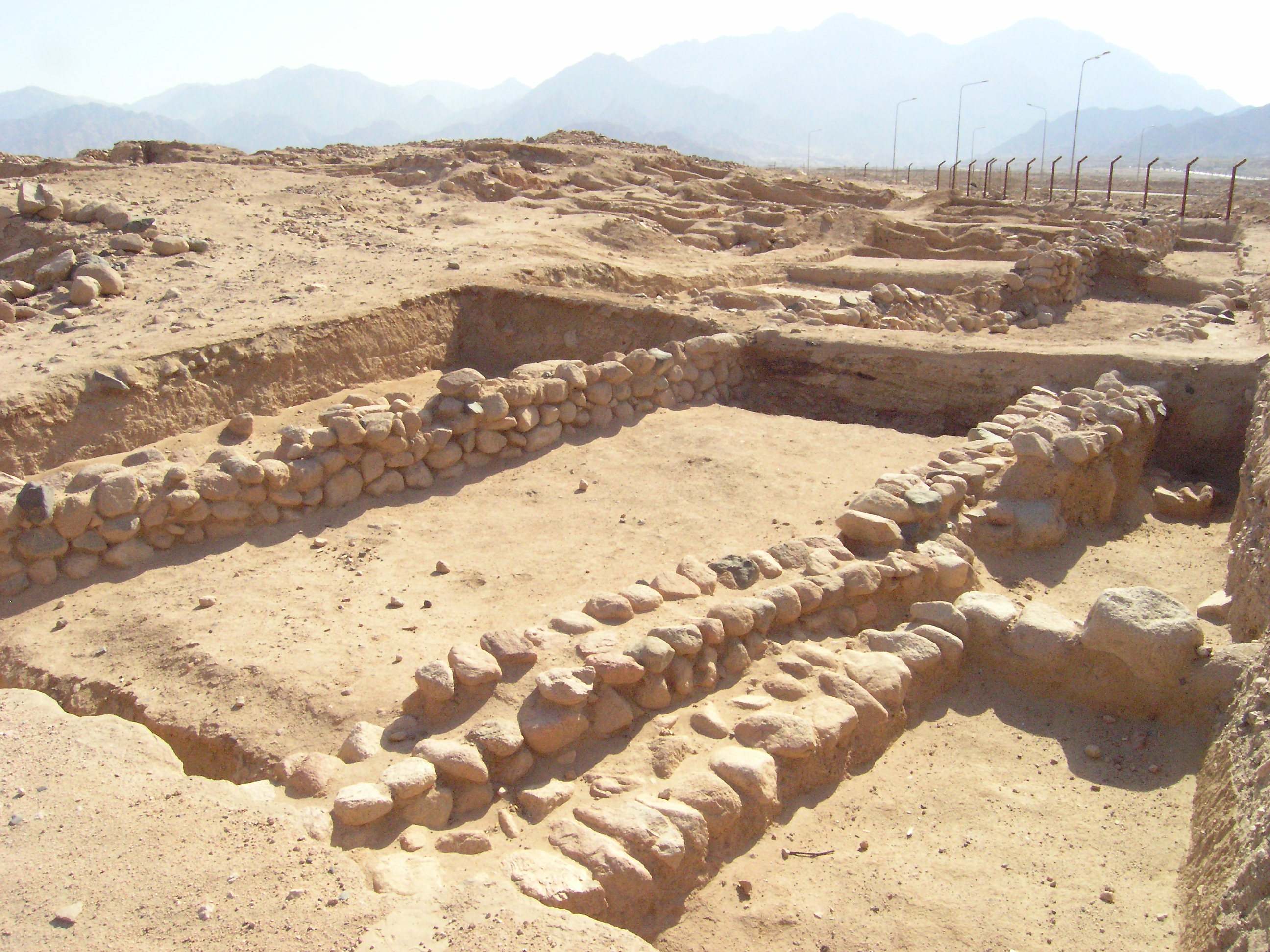Tall Hujayrat Al-Ghuzlan on:
[Wikipedia]
[Google]
[Amazon]

 Tall Hujayrat Al-Ghuzlan is an archaeological site during the
Tall Hujayrat Al-Ghuzlan is an archaeological site during the

 Tall Hujayrat Al-Ghuzlan is an archaeological site during the
Tall Hujayrat Al-Ghuzlan is an archaeological site during the Chalcolithic
The Copper Age, also called the Chalcolithic (; from grc-gre, χαλκός ''khalkós'', "copper" and ''líthos'', "Rock (geology), stone") or (A)eneolithic (from Latin ''wikt:aeneus, aeneus'' "of copper"), is an list of archaeologi ...
period that lies 4 km north of modern-day Aqaba
Aqaba (, also ; ar, العقبة, al-ʿAqaba, al-ʿAgaba, ) is the only coastal city in Jordan and the largest and most populous city on the Gulf of Aqaba. Situated in southernmost Jordan, Aqaba is the administrative centre of the Aqaba Govern ...
city in Jordan
Jordan ( ar, الأردن; tr. ' ), officially the Hashemite Kingdom of Jordan,; tr. ' is a country in Western Asia. It is situated at the crossroads of Asia, Africa, and Europe, within the Levant region, on the East Bank of the Jordan Rive ...
. Tall Hujayrat Al-Ghuzlan and the neighboring Tall Al-Magass site in Aqaba both have extensive evidence of significant copper production and trade in the region.
Overview
Archaeologists fromUniversity of Jordan
The University of Jordan ( ar, الجامعة الأردنية), often abbreviated UJ, is a public university located in Amman, Jordan. Founded in 1962 by royal decree, it is the largest and oldest institution of higher education in Jordan. ...
discovered the site. They found a building whose walls were inscribed with human and animal drawings which suggested that the building was used as a religious site. The people who inhabited the site had developed an extensive water system for irrigating their crops (mostly grapes and wheat). Searchers also uncovered several different-sized clay pots, suggesting that copper production was a major industry in the region (the pots were possibly used in melting the copper and reshaping it). Scientific studies performed onsite revealed that it had undergone two earthquakes, with the latter one leaving the site completely destroyed.
References
Archaeological sites in Jordan Former populated places in Jordan {{NEast-archaeology-stub